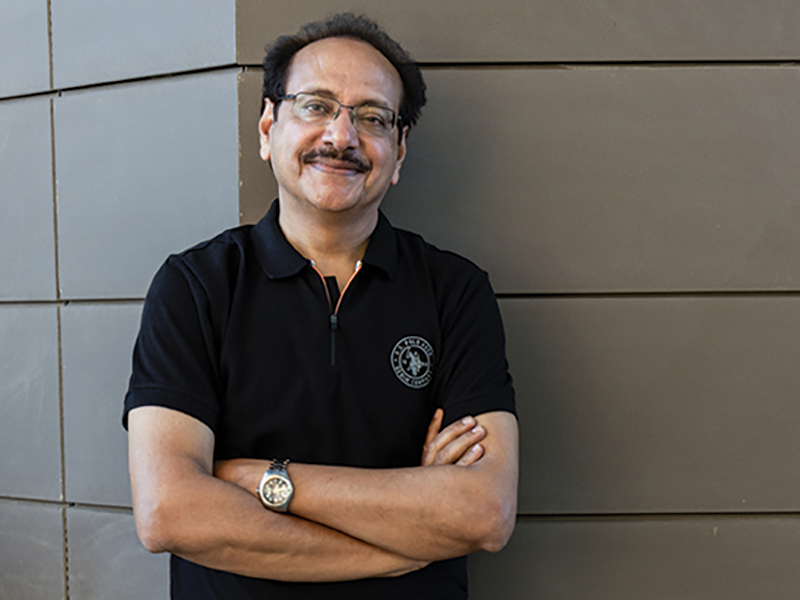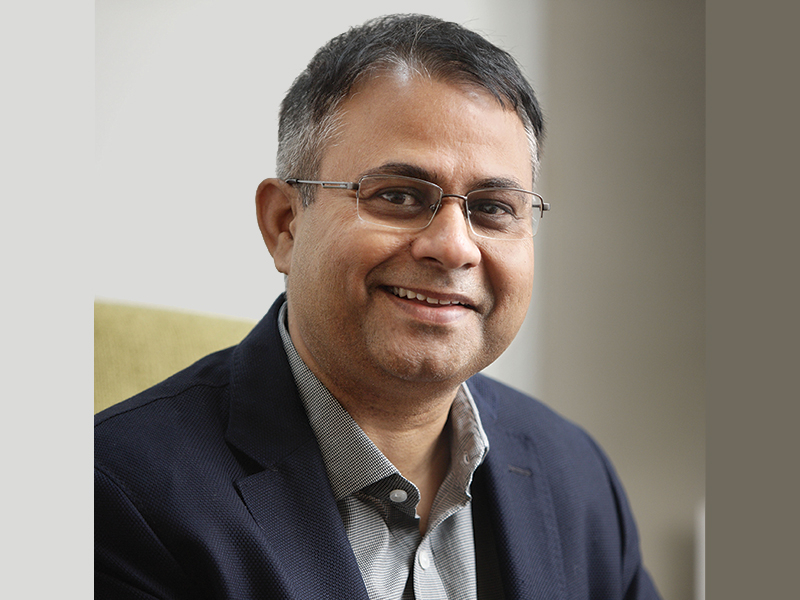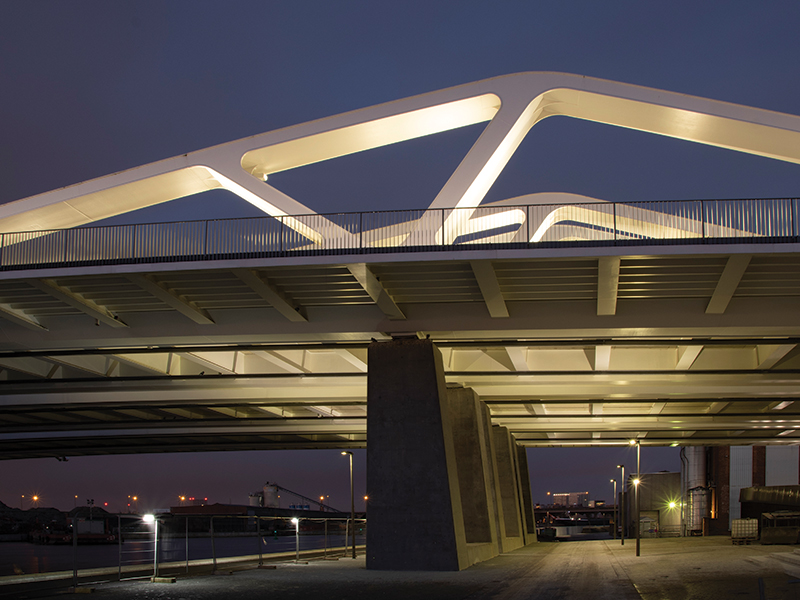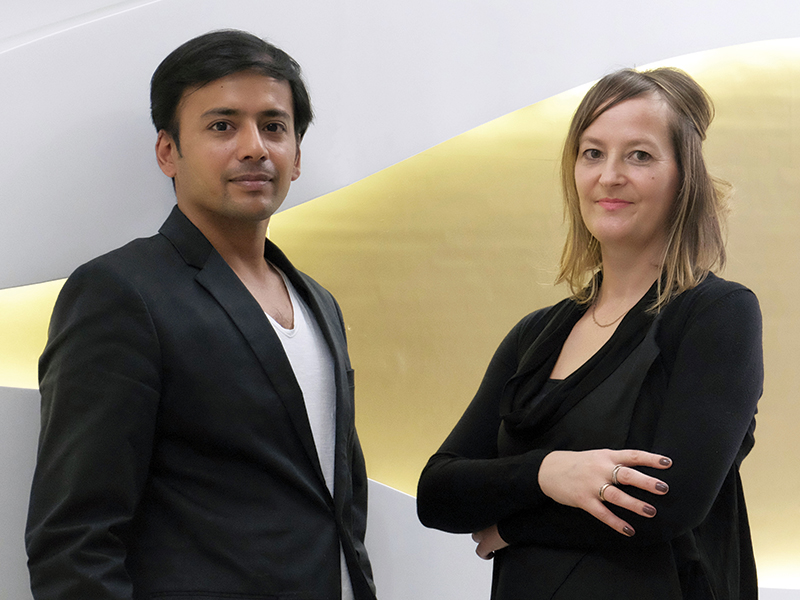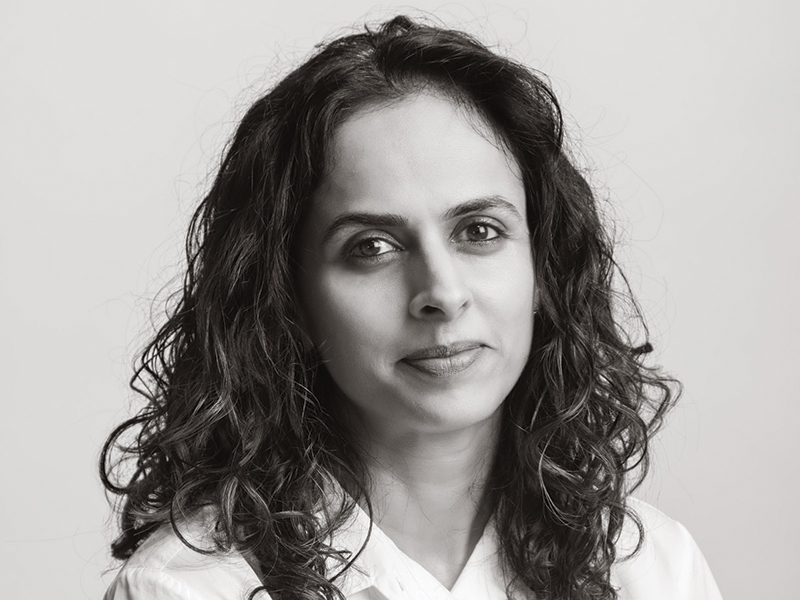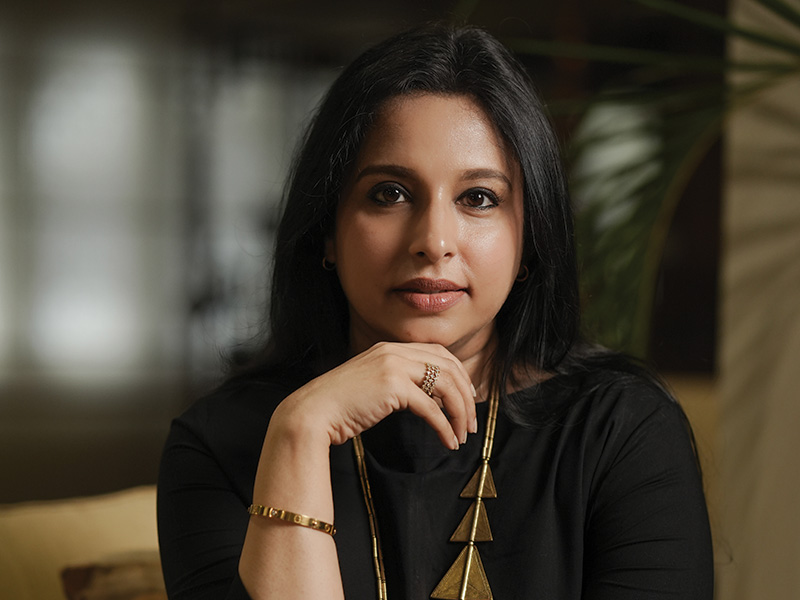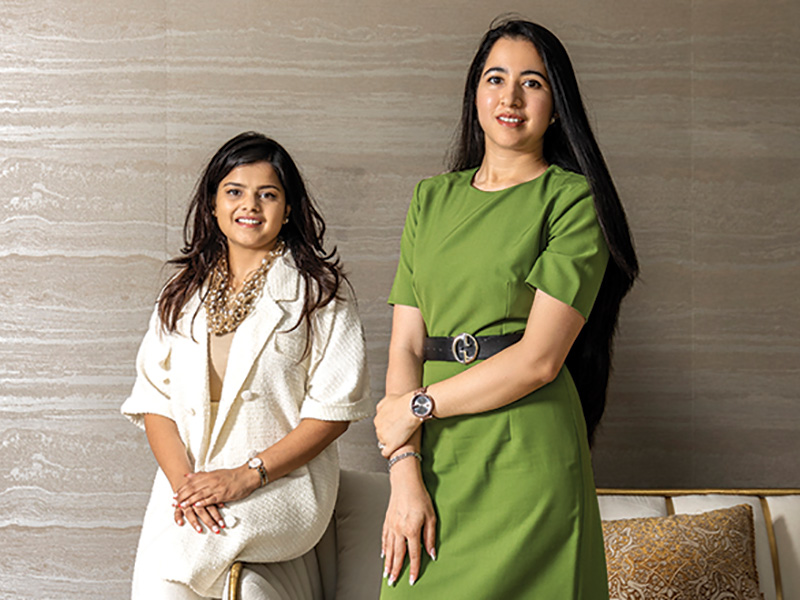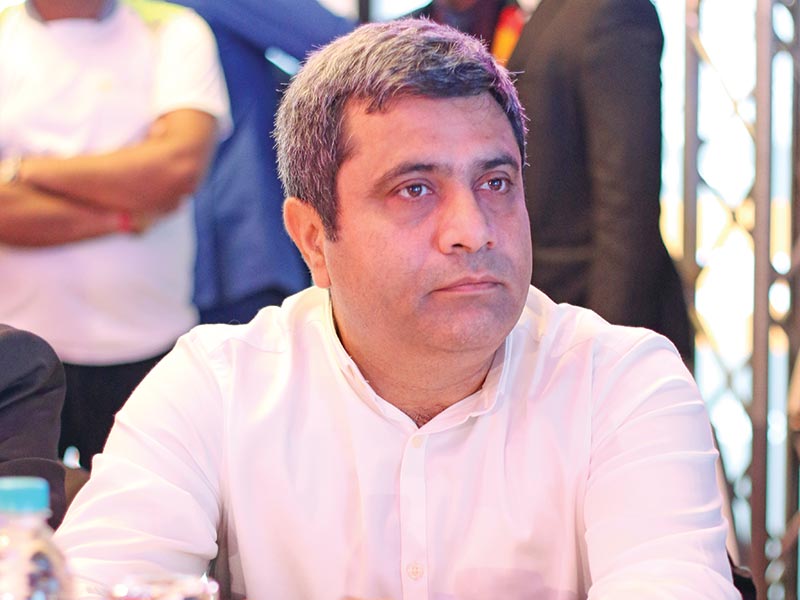
One of the positive developments in the real estate sector in 2017 is RERA, which has a direct impact on the architecture in practice. We witness that developers are now more serious about what they are offering as sale. So, it is good if the focus of real estate is shifting towards the direct actual users instead of investors. Hence, the clients’ design briefs are more focused in line with the changing real estate scenario. They are now concentrating on building, and on building what would sell. They seem to be uninterested in keeping unsold inventory, since they have to hand over the project within stipulated timelines. The developers are also more concerned about the pace of construction on site, and are open to explore faster construction technologies.
There is more preference for modular and uniform designs that are more suitable for aluminium formwork shuttering, leading to optimized costs and faster construction.
Another positive development that affects all sectors is the environment-friendly measures being enforced at the level of sanctioning authorities for any development above 5000 sq.mt. This would have led to better sustainable practices being adopted on a much larger scale; but this is recently withdrawn, owing to non-equipped departments at state levels.
Good architecture whether global or local can be a source of inspiration.
The architecture has to be valid for where it is being built, hence, context is of utmost importance. Inspiration can be universally sourced but application has to be locally relevant.
Building construction technological advancements in developed countries influence the Indian construction sector. The international products are also accepted easily in the growing Indian market. Rightly so, since the good quality of factory-based systems followed by their detailed worthy technical specifications make them the preferred choice.
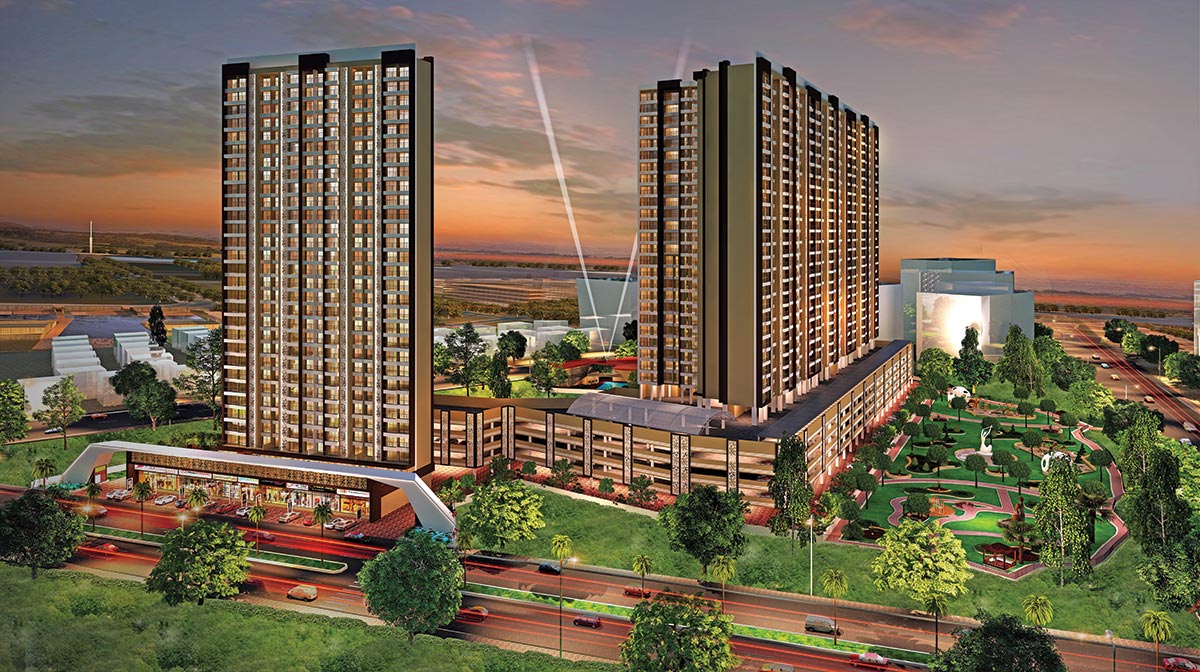 Residential Towers at Golavli, Thane
Residential Towers at Golavli, ThaneThe international products also have a real edge on marketing. The design world is shrinking than ever before with many annual international design fairs becoming the ideal platform for business for brands to reach out to the Indian market. More and more international brands are now making a foray into the Indian market. It is a positive trend as long as they venture in for local production facilities as simply importing is not healthy for the Indian economy.
BIM is the way to go.
Interestingly, we have been pioneering in India for adopting BIM and are proud to have it as our forte, for which we received the Autodesk BIM Experience Award early in 2007. We as designers love to use it as our design tool, and wish to use it more thoroughly if Indian AEC industry at large becomes ready for it. The actual fun begins when all stakeholders are on the same platform.
BIM, if used by architects, should also be in use by structural, service, environment consultants, clients and contractors alike. Only then it would be used to its full potential. Currently, we see total implementation in the true sense in select projects.
Developments in construction techniques and new materials are always going to be there since we live in a world of innovation and technology.
Natural resources like water, air and soil are being polluted and we need to do everything possible to reverse the inhumane actions that have damaged nature. Brick, mud and timber are no more sustainable materials since they rely on non-renewable resources. So, we use them consciously. Stone and bamboo are being used in interiors. For building high rises, R.C.C, steel and glass are the obvious choices.
New developments in construction techniques and innovations in new building materials are always going to be there from decade to decade since we live in a world of constant innovation and technology. But the underlying challenge amidst all the technological advancements across the world is how to control the degradation of our environment.
Precast, PEB, Drywall would take some time to become the norm in India.
PEB is commonly used for industrial buildings. Drywall is the choice for the partitions in most interior projects. Faster & systematic construction and better quality are the two encouraging factors in this scenario. Precast has been accepted in infrastructure projects like bridges, flyovers, tunnels etc. since many years now. There is a gradual shift towards precast in building construction, but it is still a long way to go. The initial cost and lack of awareness are the main deterrents. With more current demand of affordable housing, rising labor costs, costly project management, and increased pressure for project delivery, more developers are open to look at innovative construction practices like precast.
